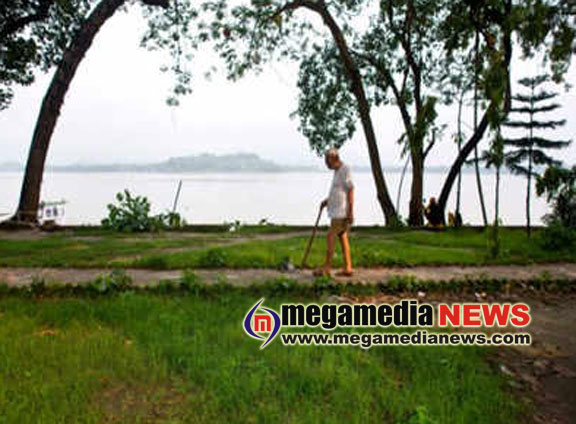It’s an attempt to highlight elder abuse, not to show any city in bad light: HelpAge
4:07 PM, Thursday, June 21st, 2018 Mangaluru: Reacting to the comments from various quarters on the ‘Elder Abuse in India-2018’ survey, NGO HelpAge India asserted that they stood by their study.
Mangaluru: Reacting to the comments from various quarters on the ‘Elder Abuse in India-2018’ survey, NGO HelpAge India asserted that they stood by their study.
“We do not in any way wish to show any city in bad light,” said Mathew Cherian, chief executive officer, HelpAge.
“It’s an attempt to highlight the violence within the family, especially the elders, and we wish to transform the society into a loving and caring one for parents and children,” he added.
After the survey report was published, many in Mangaluru took exception to it as it stated that elderly people in Mangaluru face the maximum abuse in the country.
Around 5,015 elderly people from 23 cities across the country were part of the study. Mangaluru reported 47% of abuse with senior citizens complaining of harassment of different forms. The other cities were Ahmedabad (46%), Bhopal (39%), Amritsar (35%), Delhi (33%), Kanpur (30%), Chennai (27%), Bengaluru (26%), Hyderabad (24%) and Kolkata (23%). The most common forms of abuse experienced by elder people were disrespect, verbal abuse, neglect, economic exploitation and physical assault such as beating and slapping. Elderly people appear to be safe in cities like Jammu (12%), Mumbai (13%), Vizag (13%), Kochi (15%) and Guwahati (17%).
U T Khader, minister for urban development and housing, also took exception to the survey report saying that he was surprised to know that the organization has given such a negative report on Mangaluru. Khader said: “We have to go through the report in detail. In addition, the organization should provide necessary evidence to substantiate their report.”
HelpAge India stated that the clusters where the survey was done were: Kadri, Kavoor, Kudroli, Kulai, Kunjathbailu, Kuntikana, Neermarga, Pumpwell, Santhoshnagara and Yeyyadi.
“In order to ascertain the reliability of the data following validation was done: Multiple indicators from different sections of questionnaires were picked up for validation such as age distribution, family size, penetration of internet, ownership of smart phone, users of social media and compared with Census data and other reports available in public domain,’’ said Cherian.
He also noted that for the pertinent indicators like ‘who ever faced elder abuse’ was checked with past reports and other secondary sources and the trends compared with the available data.
“However, reporting on elder abuse varies depending on social and cultural factors like – how normalized the local community is about the issue and discuss/accept it openly, whether as a community they are introvert/extrovert and those who see it through pure social/cultural prism, will be more closed, etc. Consistency/logical check on all indicators were conducted and found in sync with each other,’’ he added.
Simillar Posts
Warning: count(): Parameter must be an array or an object that implements Countable in /home/megamcaq/public_html/wp-content/plugins/post-plugin-library/common_functions.php on line 357
- None Found
Leave a Reply
© Copyright 2008 www.megamedianews.com All Rights Reserved. Privacy Policy








 Posted in
Posted in  Tags:
Tags: 






